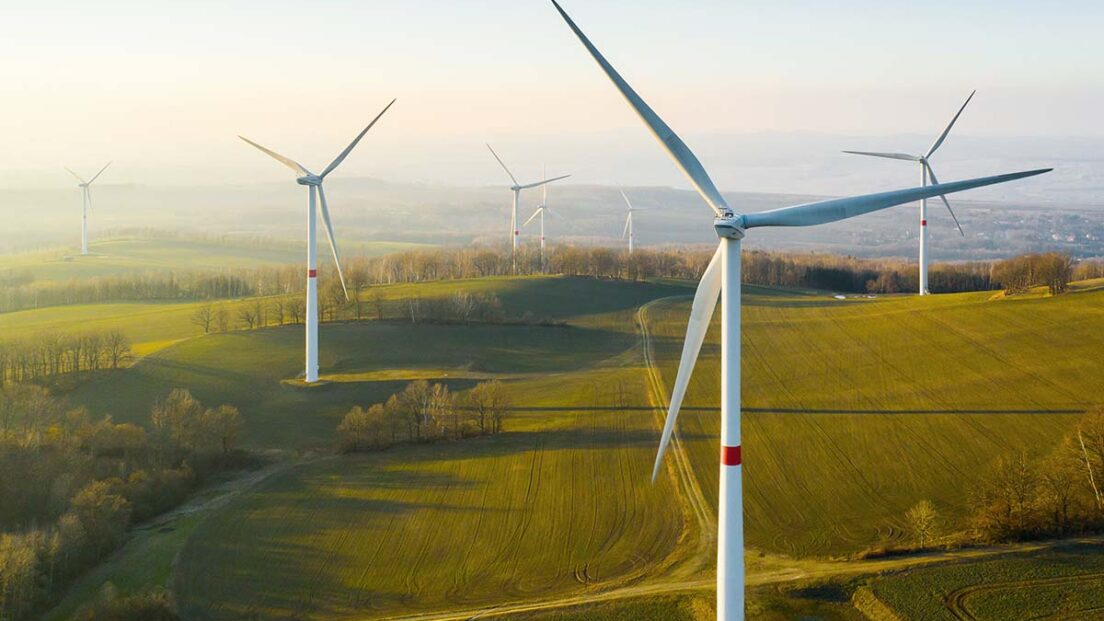Study sees significantly higher potential for wind energy

The potential for electricity from wind energy in Switzerland is significantly higher than previously assumed. According to a new study, 29.5 terawatt hours of electricity can be produced from wind each year. This corresponds to half the annual consumption in Switzerland. An earlier calculation had given only 3.7 terawatt hours.
Switzerland could generate significantly more electricity from wind energy than previously assumed. According to a study by the Bern-based company Meteotest on behalf of the Swiss Federal Office of Energy ( SFOE ), wind turbines could produce 19 terawatt hours in the winter months alone, according to a press release from the SFOE. In a previous study from 2012, the scientists had assumed 3.7 terawatt hours per year. For comparison: Switzerland consumed a total of 58.11 terawatt hours of electricity in 2021.
With 17.5 terawatt hours, most of the potential lies in the Central Plateau. In the Jura arc and in the large Alpine valleys together, more than 7.8 terawatt hours could be produced per year, in the Alpine region over 4.2 terawatt hours.
Both political conditions and technology have evolved since the last study. Today's wind turbines are taller, have larger rotors and produce much more than older systems. In addition, more areas such as forests and areas in the Federal Inventory of Landscapes and Natural Monuments ( BLN ) are eligible "with the recognition of national interest for wind farms". However, they are subject to higher demands on wind energy production.
"Even a partial expansion of 30 percent of the total wind energy potential – which corresponds to around 1000 wind turbines – could make a significant contribution to a more secure electricity supply in Switzerland and to reducing dependence on foreign countries," says the press release.
Inhabited areas with a buffer of 300 meters, protected landscapes such as moors, national parks and biotopes as well as secret facilities of the Federal Department of Defence, Civil Protection and Sport were excluded from the calculation.